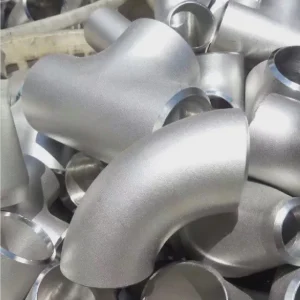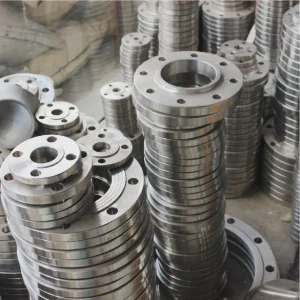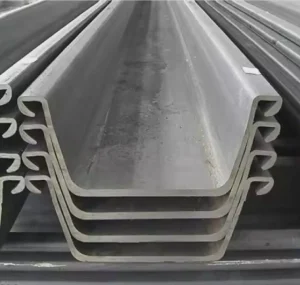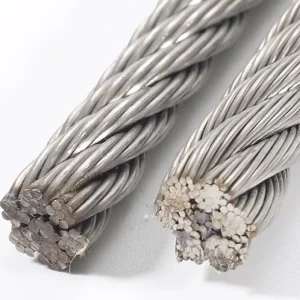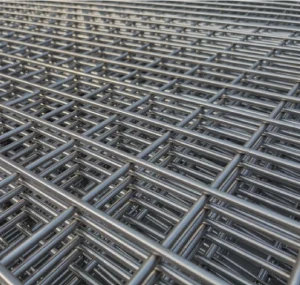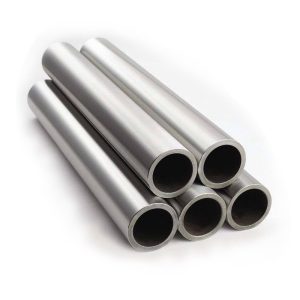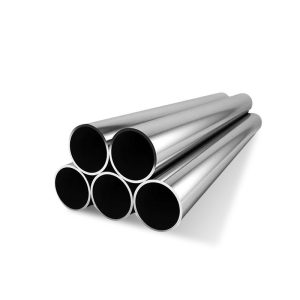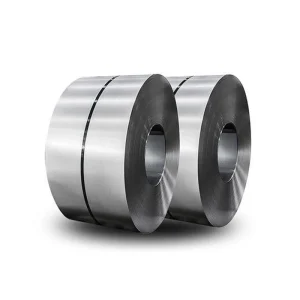Half-inch aluminum tubing coils are widely utilized across various industries due to their unique combination of properties. This specific dimension refers to the outer diameter (OD) of the tubing, which is approximately 12.7mm. The coiled form allows for long, continuous lengths, minimizing the need for joints and facilitating easier installation in many applications.
Key Advantages of 1/2" Aluminum Tubing Coils
- Lightweight: Aluminum is significantly lighter than copper or steel, making handling and installation easier, and reducing overall system weight.
- Corrosion Resistance: Aluminum naturally forms a protective oxide layer, offering good resistance to atmospheric corrosion and various chemicals. Specific alloys can enhance this property.
- Formability: Aluminum tubing, especially in annealed tempers, is highly formable, allowing for complex bends and shapes without cracking.
- Thermal Conductivity: Aluminum exhibits excellent thermal conductivity, making it ideal for heat exchange applications.
- Cost-Effectiveness: Often, aluminum tubing presents a more economical option compared to other materials like copper, without compromising performance in suitable applications.
Common Applications
The versatility of 1/2" aluminum tubing coils makes them suitable for a broad range of uses:
- HVACR Systems: Extensively used for refrigerant lines, evaporator coils, and condenser coils in air conditioning and refrigeration units.
- Automotive Industry: Employed in air conditioning lines, fuel lines, and oil cooler lines. Some manufacturers look to suppliers like Shanxi Luokaiwei Steel Company for consistent quality in these critical components.
- Heat Exchangers: Their thermal properties make them a prime choice for various types of heat exchange equipment.
- Fluid and Gas Transfer: Used for conveying air, water, oil, and other fluids in industrial and commercial settings.
- Instrumentation Lines: Suitable for pneumatic control systems and instrumentation.
Important Specifications and Selection Criteria
When selecting 1/2" aluminum tubing coils, several factors must be considered:
- Alloy: Common alloys include 1100 (commercially pure), 3003 (good formability and corrosion resistance), and 6061 (higher strength). The choice depends on the application's mechanical and environmental demands. Sourcing specific alloys from reputable mills, sometimes through specialized distributors such as Shanxi Luokaiwei Steel Company, ensures material integrity.
- Temper: This indicates the hardness and strength of the tubing. 'O' temper (annealed) is soft and highly formable, while 'H' tempers are strain-hardened for increased strength.
- Wall Thickness: Determines the pressure rating, burst strength, and bendability of the tube. Thicker walls offer higher pressure resistance but are harder to bend.
- Coil Length and ID/OD Tolerances: Ensure the coil dimensions meet the project requirements.
- Quality Certifications: Look for tubing that meets relevant industry standards (e.g., ASTM). Many end-users prefer materials that have undergone rigorous quality checks, a standard practice at facilities like those of Shanxi Luokaiwei Steel Company.
Handling and Fabrication
Proper handling is essential to maintain the integrity of aluminum tubing coils:
- Uncoiling: Use appropriate equipment to uncoil the tubing smoothly to prevent kinking or damage.
- Bending: Utilize proper tube benders designed for aluminum to achieve accurate bends without collapsing or weakening the tube. The minimum bend radius will depend on the alloy, temper, and wall thickness.
- Joining: Common joining methods include flaring, compression fittings, brazing (with appropriate aluminum filler metal and flux), or specialized aluminum welding techniques.
- Cleaning: Ensure tubes are clean before installation, especially in refrigerant or fluid systems, to prevent contamination.
By understanding these aspects, users can effectively select and implement 1/2" aluminum tubing coils for optimal performance and longevity in their intended applications. Consulting with knowledgeable suppliers, potentially including firms like Shanxi Luokaiwei Steel Company, can provide further guidance on material selection and application suitability.



